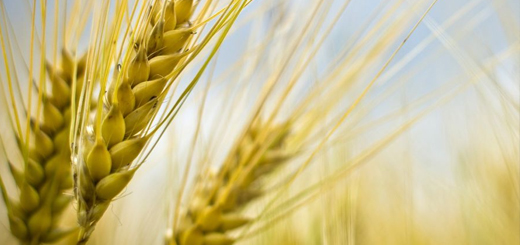This is a summary from Michel Rousset talk during the last AGM.
Former Director of Research at INRA French National Institute for Agricultural Research).
As a grain geneticist and wheat breeder, he has spent the past 40 years working on common wheat and related species. He has led research projects exploring the methodology of genetic wheat improvement, combining traditional breeding methods with new molecular biology approaches. He is a former president of the Association des Sélectionneurs Français (French Breeders’ Association – ASF).
How are wheat varieties created?
Common wheat (also known as bread wheat), to which botanists gave the name Triticum aestivum L, originated thousands of years ago in the south-west Caspian Sea region. France has around 5 million hectares of cultivated wheat.
Commercial varieties are pure breeding lines registered in the Official Catalogue of Species and Varieties, managed by the CTPS (French Technical Plant Breeding Committee). Every year new varieties are created, registered in the catalogue and marketed as certified seeds.
It takes 10 to 15 years for a plant breeder to create a new variety. This process draws on genetic resources from which genetically variable populations are propagated, enabling new improved lines to be selected. New varieties must adhere to sustainable farming requirements and meet demand from users, processors and consumers. The aims are to select hardy wheat varieties that have good end-use quality, can be grown with very little application of fungicides and without regulators, are multi-disease-resistant and have high nitrogen use efficiency.
In 2010, new rules for registering varieties in the catalogue came into force, incorporating environmental considerations.


